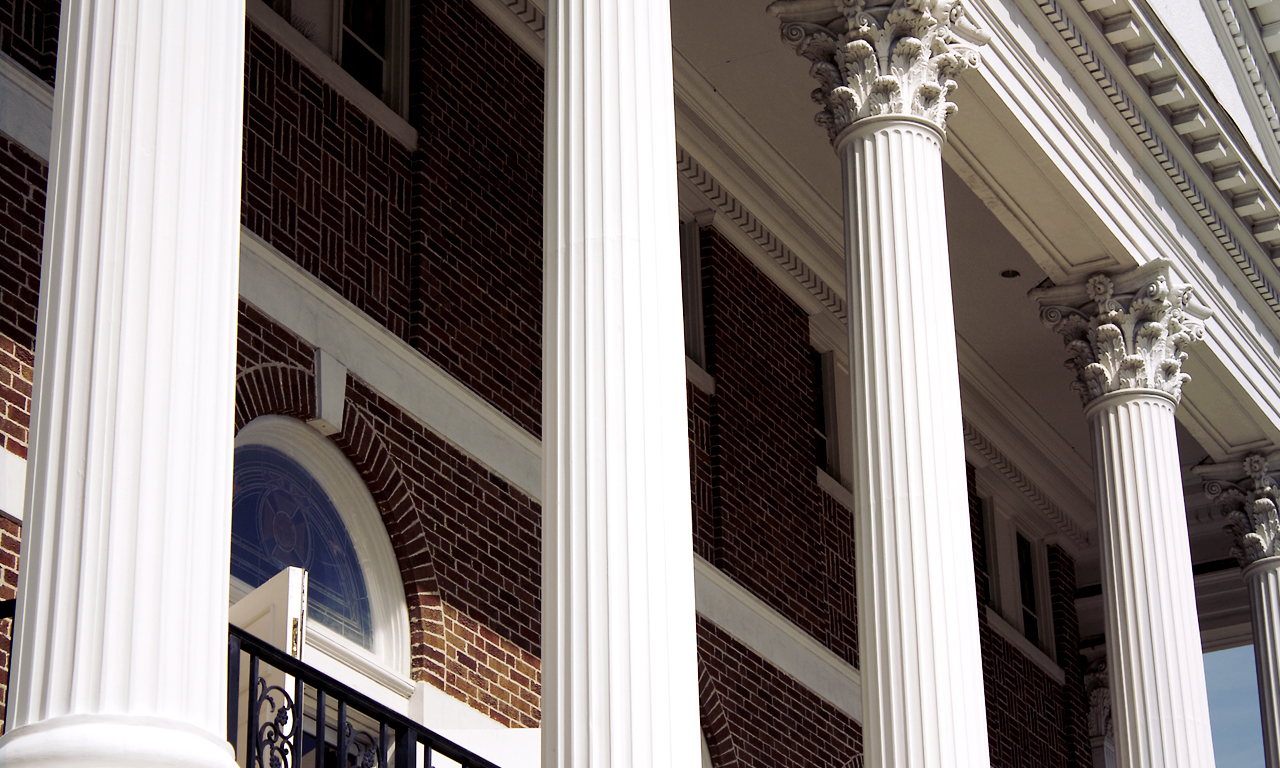1885 - Present
pioneer beginnings
In 1850, the first Methodist church in this area began meeting in a tiny, candle-lit log house, somewhere between Knights Station and the present day Plant City, by a local preacher, Sam Knight. He preached until 1868, when a circuit rider began preaching once a month. By 1873, the church had outgrown the space, so moved to Shiloh, a community about 2 miles north of Plant City. They constructed a 1 1/2 story building out of the native pine lumber, which was the first building in the area to have glass windows! The windows were shipped to Tampa by boat and hauled by ox-cart to the building site, a trip requiring three days and 2 nights to travel 20 miles. The building also had "modern" lighting, bracket lamps fastened to the side walls, but the pews and pulpit were still made of rough lumber, and there was no heat in the building. In 1881, the first Sunday School and the first Women's Missionary Society were organized, and the church purchased its first organ.
the railroad comes to town
When the railroad came to Plant City, the little town began to grow, and it was necessary to have a larger building near the center of the population. In 1885, the church purchased a lot near the corner of Haines and Howard Streets, and built another structure from rough lumber hauled to the site. It had its own minister for a few years, but from 1889-1901, it was back in a circuit in which a minister would rotate between congregations each week. The church again outgrew its space, so a lot was purchased at the SW corner of Wheeler and Reynolds Streets in 1901, where a larger, fine building was constructed, this time with stained glass windows and real pews. A parsonage was added in 1903, and the church became an official part of the Conference in 1908, with a full time minister, annual salary $800. A real pipe organ was purchased to replace the original one from Shiloh. Continued growth forced construction of an open air tabernacle for primary classes, but they eventually had to meet in surrounding homes and churches because there simply wasn't enough room to hold everyone. Even the sanctuary was too small. It was time for a permanent building.
A permanent home
After acquiring the land across the corner, a building committee was formed, a cornerstone was laid in 1924, and the the first services were held in the new building in October of that year. The church was constructed in the neoclassical style, with a grand staircase leading up to the main entry, flanked by two-story Corinthian columns. The sanctuary was finished in 1926, with a brand new pipe organ and stained glass windows, some of which were moved from the previous location.
In 1958, the attached Educational Building was constructed to accomodate the growing classes for all ages, and included a small chapel. In 1987, large scale improvements and repairs began across the campus, thanks to generous donations. By 1998, a visioning committee, in an effort to insure the ability of the church to continue growth in its current location, facilitated the purchase of an adjacent bank building. It was remodeled into what is now the Wesley Centre, a modern facility with a large worship space, full commercial kitchen, multiple floors of classrooms, and a fenced playground. A contemporary style worship service began in 2003 that continues to be part of our Sunday worship options.
the church is the people
From humble beginnings in a log building, to sprawling over two city blocks with multiple facilities, one thing has remained: The First United Methodist Church of Plant City is not a cluster of buildings. It is PEOPLE. We are the church. Our history is fascinating, but our future is a continued effort to know Jesus Christ and serve our community. We hope you will be part of that journey.
* A more in-depth history, including the names of the many generous donors who contributed to these efforts can be found in our church library in the Educational Building. Historical tours can also be coordinated upon request.












